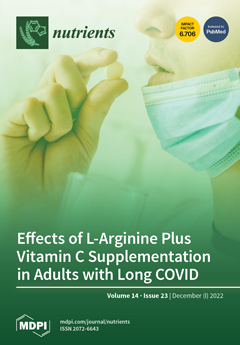The seminal discoveries that parathyroid hormone (PTH) and fibroblast growth factor 23 (FGF23) are major endocrine regulators of vitamin D metabolism led to a significant improvement in our understanding of the pivotal roles of peptide hormones and small proteohormones in the crosstalk between different organs, regulating vitamin D metabolism. The interaction of vitamin D, FGF23 and PTH in the kidney is essential for maintaining mineral homeostasis. The proteohormone FGF23 is mainly secreted from osteoblasts and osteoclasts in the bone. FGF23 acts on proximal renal tubules to decrease production of the active form of vitamin D (1,25(OH)
2D) by downregulating transcription of 1α-hydroxylase (
CYP27B1), and by activating transcription of the key enzyme responsible for vitamin D degradation, 24-hydroxylase (
CYP24A1). Conversely, the peptide hormone PTH stimulates 1,25(OH)
2D renal production by upregulating the expression of 1α-hydroxylase and downregulating that of 24-hydroxylase. The circulating concentration of 1,25(OH)
2D is a positive regulator of FGF23 secretion in the bone, and a negative regulator of PTH secretion from the parathyroid gland, forming feedback loops between kidney and bone, and between kidney and parathyroid gland, respectively. In recent years, it has become clear that vitamin D signaling has important functions beyond mineral metabolism. Observation of seasonal variations in blood pressure and the subsequent identification of vitamin D receptor (VDR) and 1α-hydroxylase in non-renal tissues such as cardiomyocytes, endothelial and smooth muscle cells, suggested that vitamin D may play a role in maintaining cardiovascular health. Indeed, observational studies in humans have found an association between vitamin D deficiency and hypertension, left ventricular hypertrophy and heart failure, and experimental studies provided strong evidence for a role of vitamin D signaling in the regulation of cardiovascular function. One of the proposed mechanisms of action of vitamin D is that it functions as a negative regulator of the renin-angiotensin-aldosterone system (RAAS). This finding established a novel link between vitamin D and RAAS that was unexplored until then. During recent years, major progress has been made towards a more complete understanding of the mechanisms by which FGF23, PTH, and RAAS regulate vitamin D metabolism, especially at the genomic level. However, there are still major gaps in our knowledge that need to be filled by future research. The purpose of this review is to highlight our current understanding of the molecular mechanisms underlying the interaction between vitamin D, FGF23, PTH, and RAAS, and to discuss the role of these mechanisms in physiology and pathophysiology.
Full article






